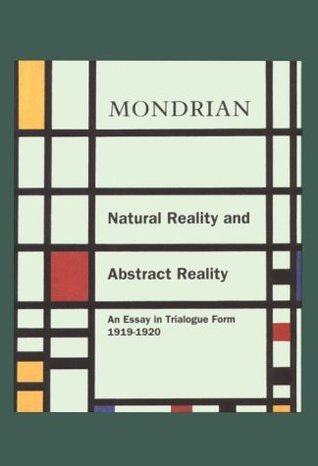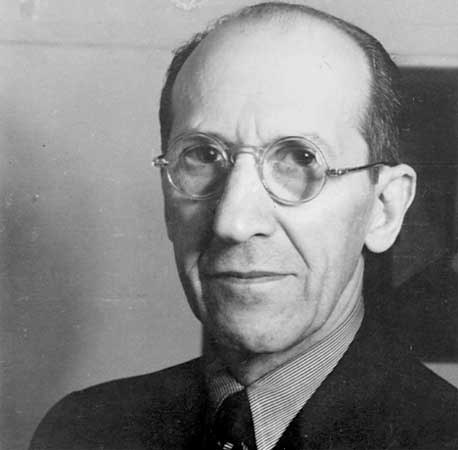
Author

Pieter Cornelis Mondriaan, one of the founders of the Dutch modern movement De Stijl, is recognized for the purity of his abstractions and methodical practice by which he arrived at them. He radically simplified the elements of his paintings to reflect what he saw as the spiritual order underlying the visible world, creating a clear, universal aesthetic language within his canvases. In his best known paintings from the 1920s, Mondrian reduced his shapes to lines and rectangles and his palette to fundamental basics pushing past references to the outside world toward pure abstraction. His use of asymmetrical balance and a simplified pictorial vocabulary were crucial in the development of modern art, and his iconic abstract works remain influential in design and familiar in popular culture to this day. A theorist and writer, Mondrian believed that art reflected the underlying spirituality of nature. He simplified the subjects of his paintings down to the most basic elements, in order to reveal the essence of the mystical energy in the balance of forces that governed nature and the universe. Mondrian chose to distill his representations of the world to their basic vertical and horizontal elements, which represented the two essential opposing forces: the positive and the negative, the dynamic and the static, the masculine and the feminine. The dynamic balance of his compositions reflect what he saw as the universal balance of these forces. Mondrian's singular vision for modern art is clearly demonstrated in the methodical progression of his artistic style from traditional representation to complete abstraction. His paintings evolve in a logical manner, and clearly convey the influence of various modern art movements such as Luminism, Impressionism, and most importantly, Cubism. Mondrian, and the artists of De Stijl, advocated pure abstraction and a pared down palette in order to express a utopian ideal of universal harmony in all of the arts. By using basic forms and colors, Mondrian believed that his vision of modern art would transcend divisions in culture and become a new common language based in the pure primary colors, flatness of forms, and dynamic tension in his canvases. Mondrian's book on Neo-Plasticism became one of the key documents of abstract art. In it, he detailed his vision of artistic expression in which "plastic" simply referred to the action of forms and colors on the surface of the canvas as a new method for representing modern reality. [http://www.theartstory.org/artist-mon...]